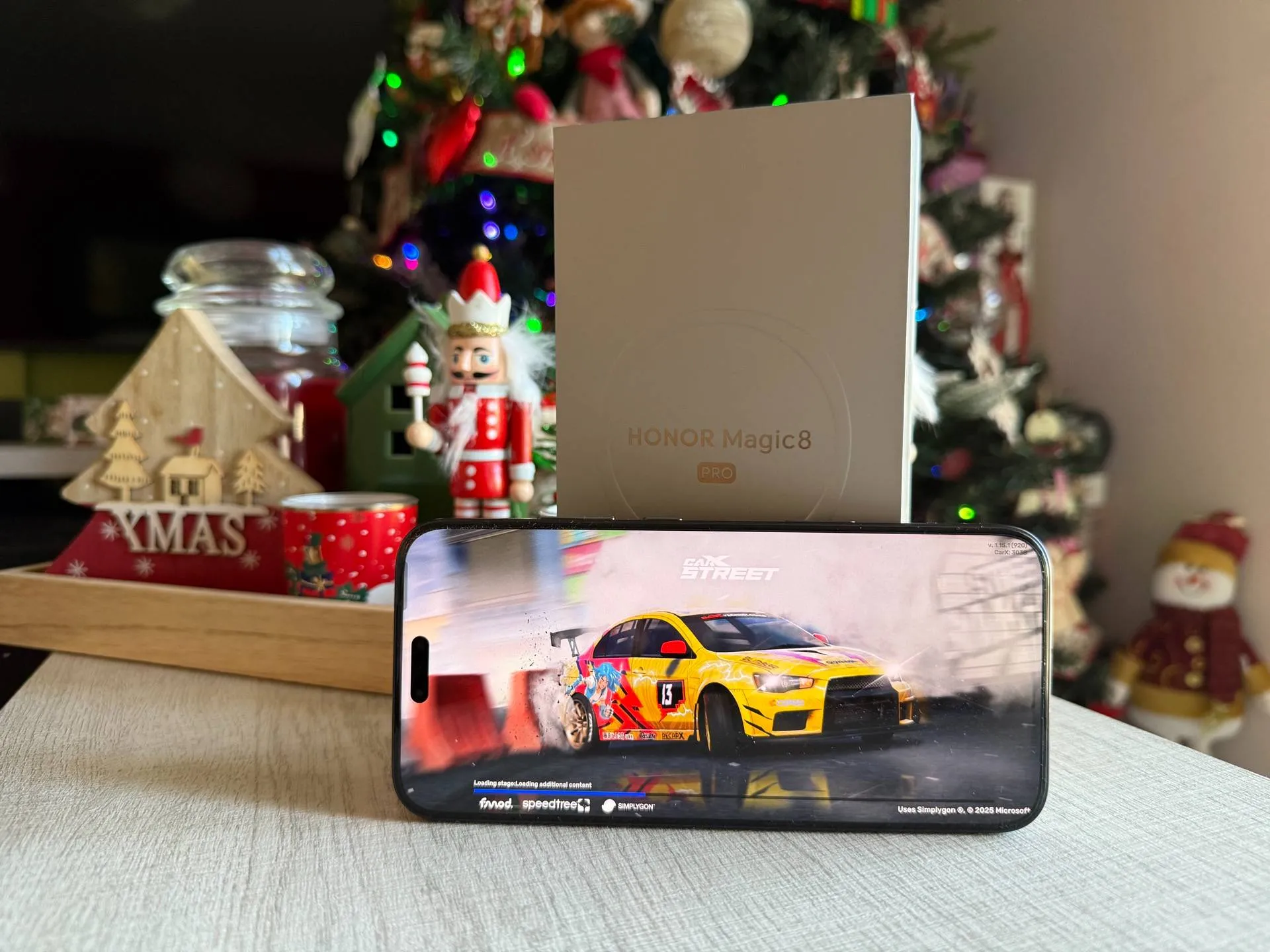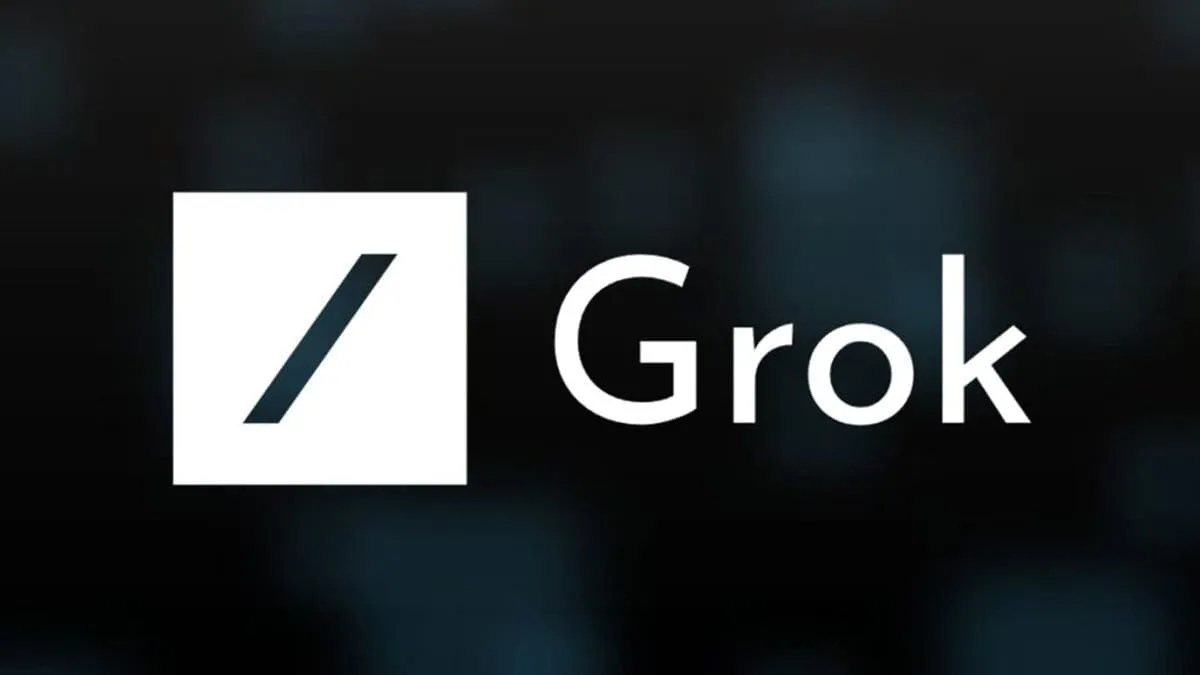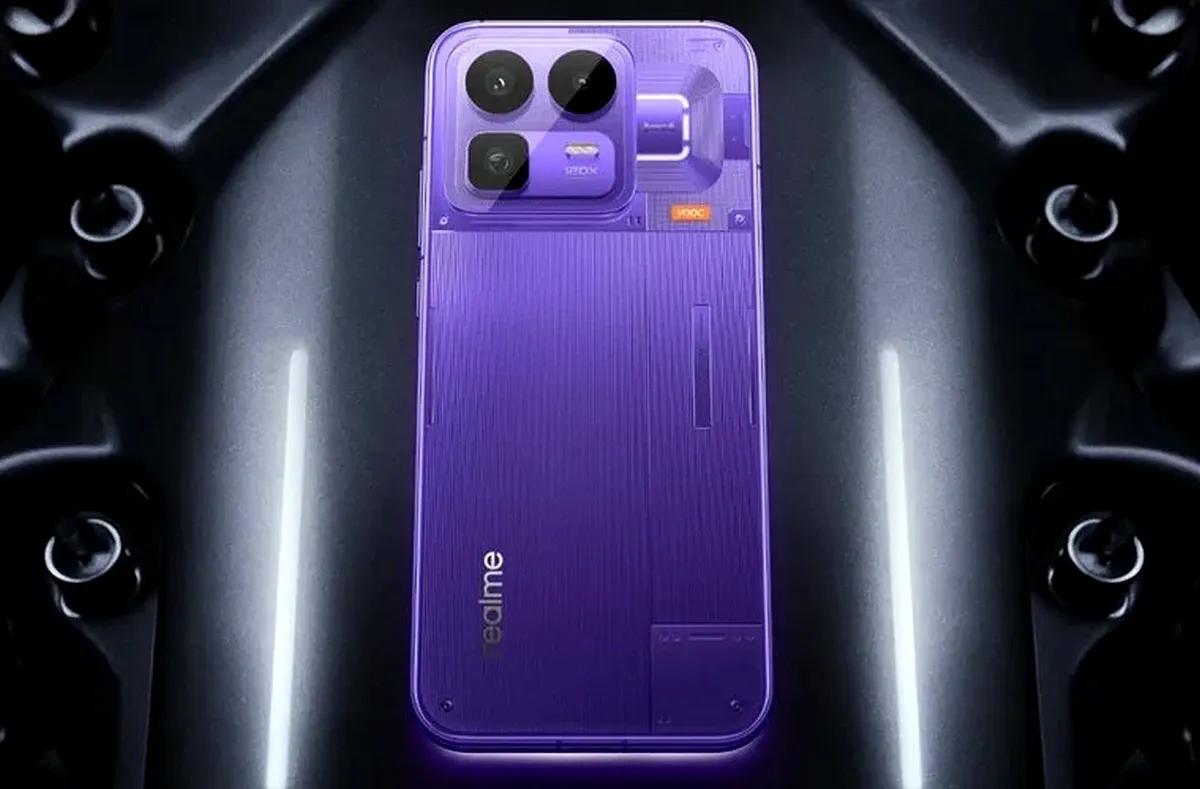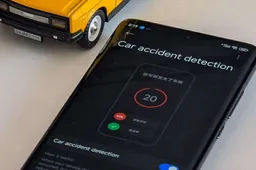Jensen Huang Says He Wants a Xiaomi SU7 Ultra. Is That Admiration or Strategy?
xiaomiWednesday, 16 July 2025 at 16:01
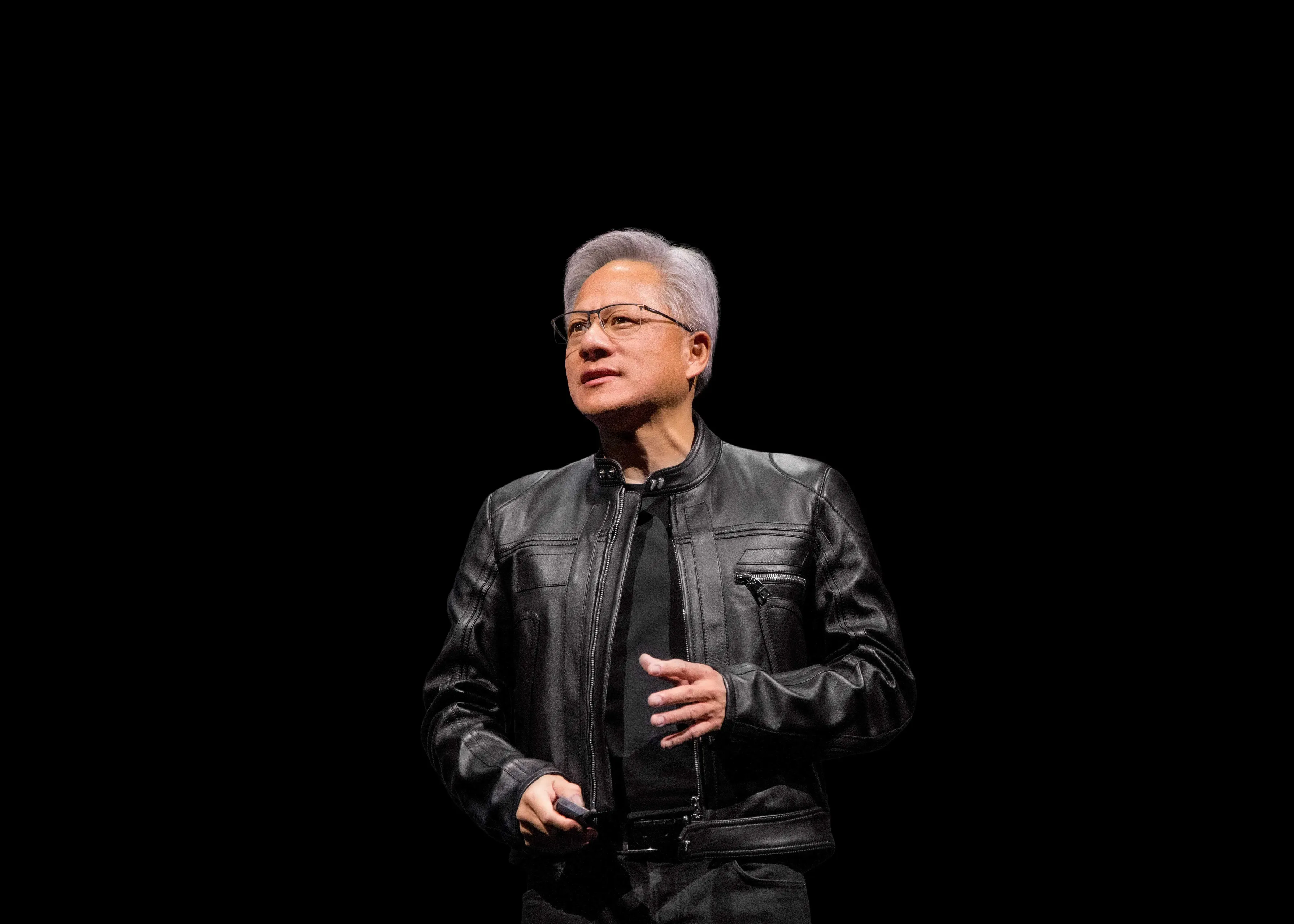
At the 3rd Chain Expo in China, Nvidia CEO Jensen Huang—wearing a Tang suit, of all things—said he wanted to buy a Xiaomi SU7 Ultra. Not “liked it.” Not “was impressed.” He said he wanted one. You could brush it off. CEOs say flattering things at events all the time. But if you’ve followed Huang even a little, you know he doesn’t say much casually. His public statements tend to be calculated—sometimes precise to a fault. So when he praises a Chinese EV, one that just started shipping, it’s worth asking: is this personal interest, or corporate foreshadowing?
Maybe both.
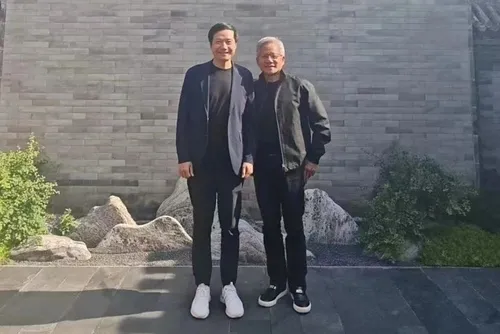
Xiaomi’s first car is… not what people expected
The SU7 Ultra is sleek. Polished, actually. That alone caught people off guard. Xiaomi has built its brand on affordable smartphones and smart home gadgets. “A car?” was the common reaction a year ago. But here we are. Dual-motor setup. 800V architecture. 0-100 km/h in under 2.8 seconds. It’s fast and, more importantly, finished. I haven’t driven one, but a friend who did called it “shockingly well-built,” which—yes—is damning with faint praise, but also accurate.
Xiaomi didn’t just copy Tesla. They tried to out-engineer them. Whether they’ve succeeded is still up for debate. But the point is, they’re in the conversation now. Which, I think, is why Huang’s comment landed the way it did.
The photo looked staged. Probably because it was.
The event wasn’t supposed to be about Nvidia or Xiaomi specifically. And yet, here was Huang with Lei Jun, Xiaomi’s founder, posing in front of the SU7 Ultra like it was the cover of a joint venture announcement. It wasn’t. At least not officially. But industry people I’ve spoken with say this wasn’t a standard PR handshake either. It was a private client meeting, with real discussions—about what exactly, no one’s saying. Still, the optics were… deliberate. Two powerful tech CEOs. A historic building in the background. A car in front. It felt less like two guys admiring a vehicle, and more like two companies previewing something.
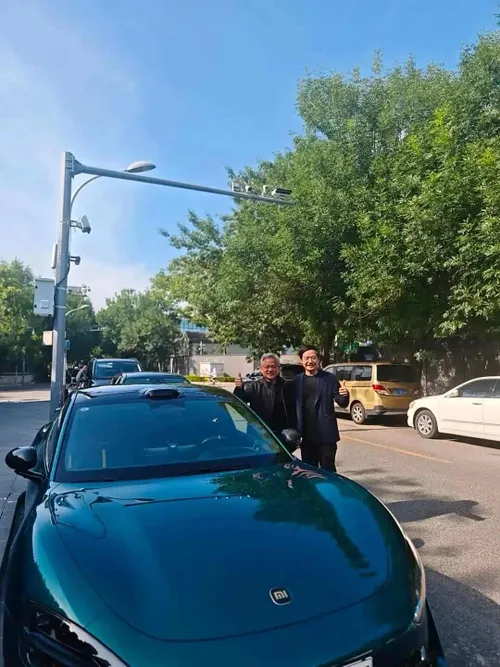
Or maybe that’s reading too much into it. But that’s how these things often start: subtle, quiet, deniable.
Nvidia + Xiaomi makes more sense than it sounds
These companies have worked together before. Mostly in chips, not cars. But Nvidia’s Drive platform is inching toward maturity, and it needs homes—real vehicles—to prove it belongs on the road. Xiaomi, meanwhile, is building out an automotive OS, smart cockpit, the whole stack. They’re not just making a shell with wheels. There’s no formal partnership here. Yet. But the architecture fits. Nvidia wants to be in every AI-powered car. Xiaomi wants to build them. It’s not a bad match.
The bigger picture? That this kind of cross-border cooperation—even admiration—is happening more openly again. Just a few years ago, a top U.S. CEO openly praising a Chinese EV company would’ve sparked political backlash. Now, it barely registers. That might be the real shift.
So… does Huang actually want one?
Hard to say. He could’ve been polite. Or maybe he meant it. Either way, it worked. The quote that Jensen Huang wants a Xiaomi SU7 Ultra spread. The image did, too. And whether it was planned or not, the takeaway is the same: Xiaomi has made something that even the world’s most powerful chipmaker is watching closely.
And if Jensen Huang does end up driving one? You’ll know it wasn’t just admiration.
Loading
